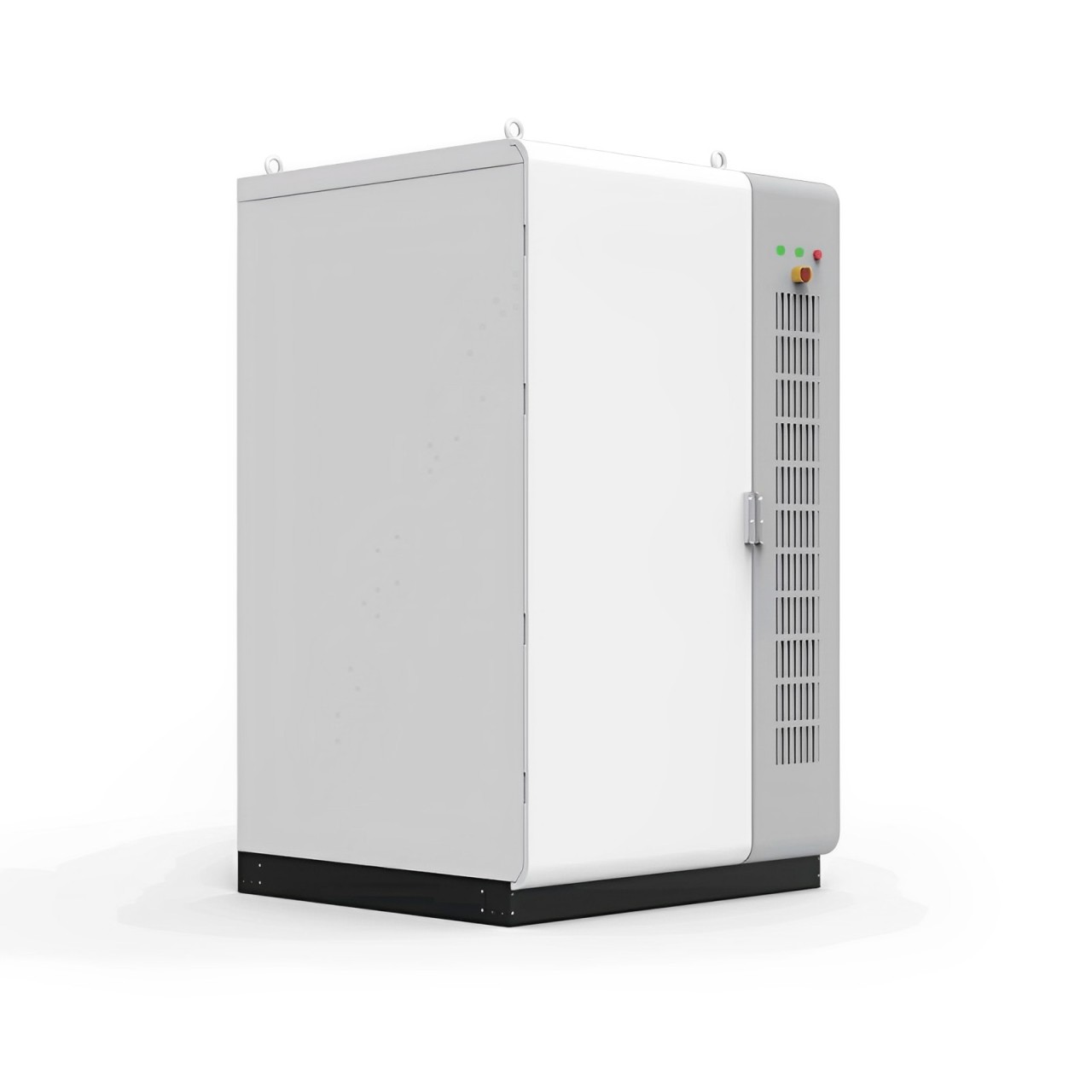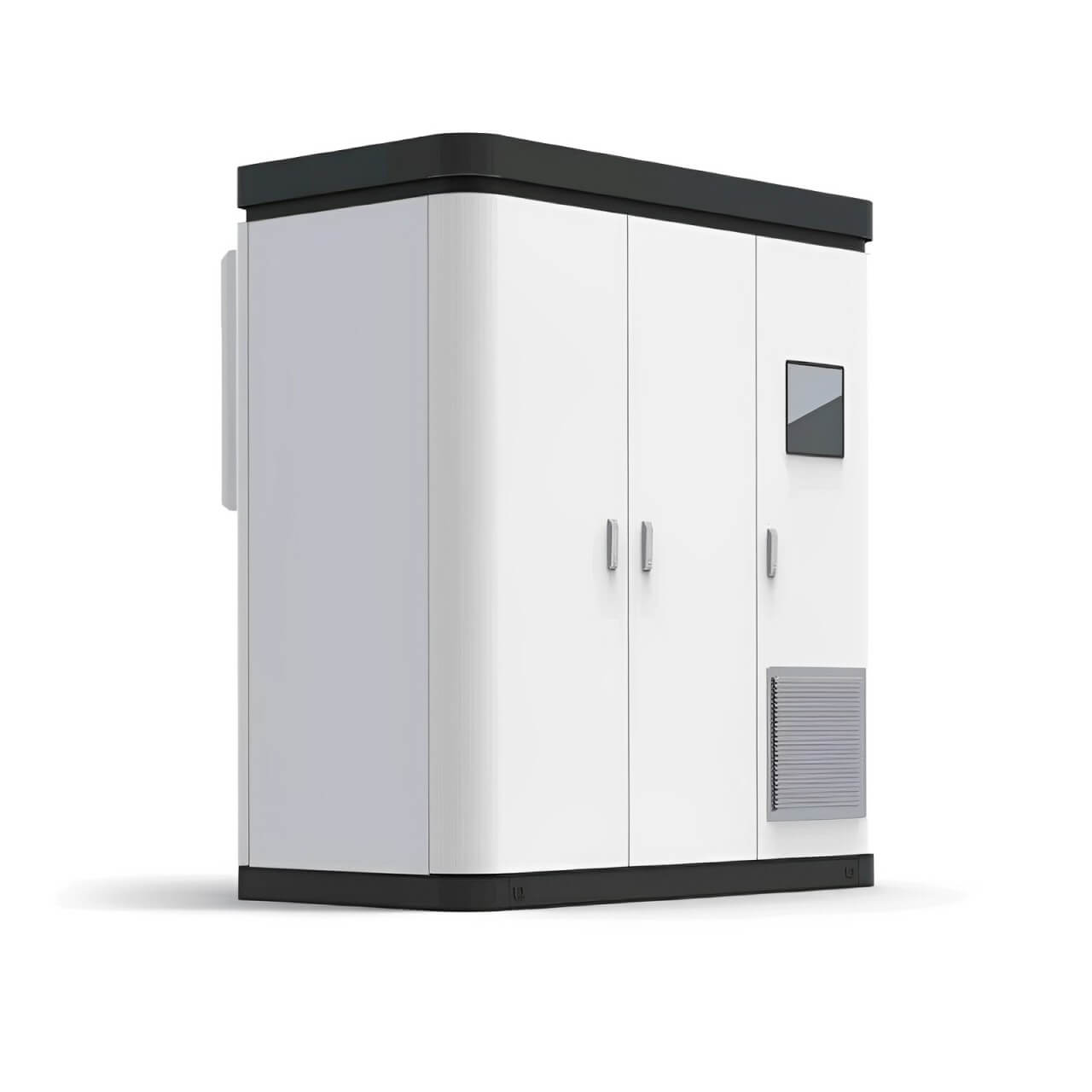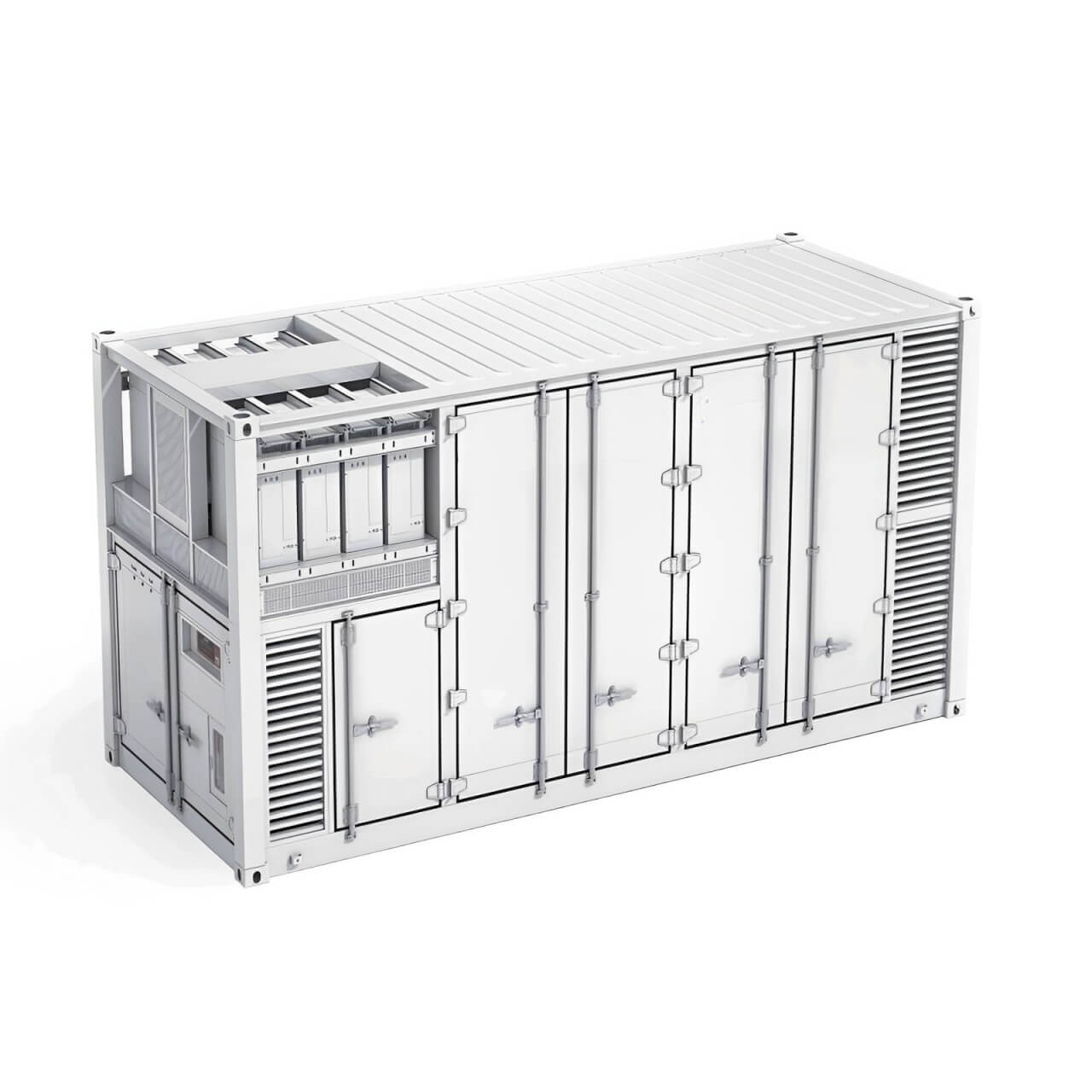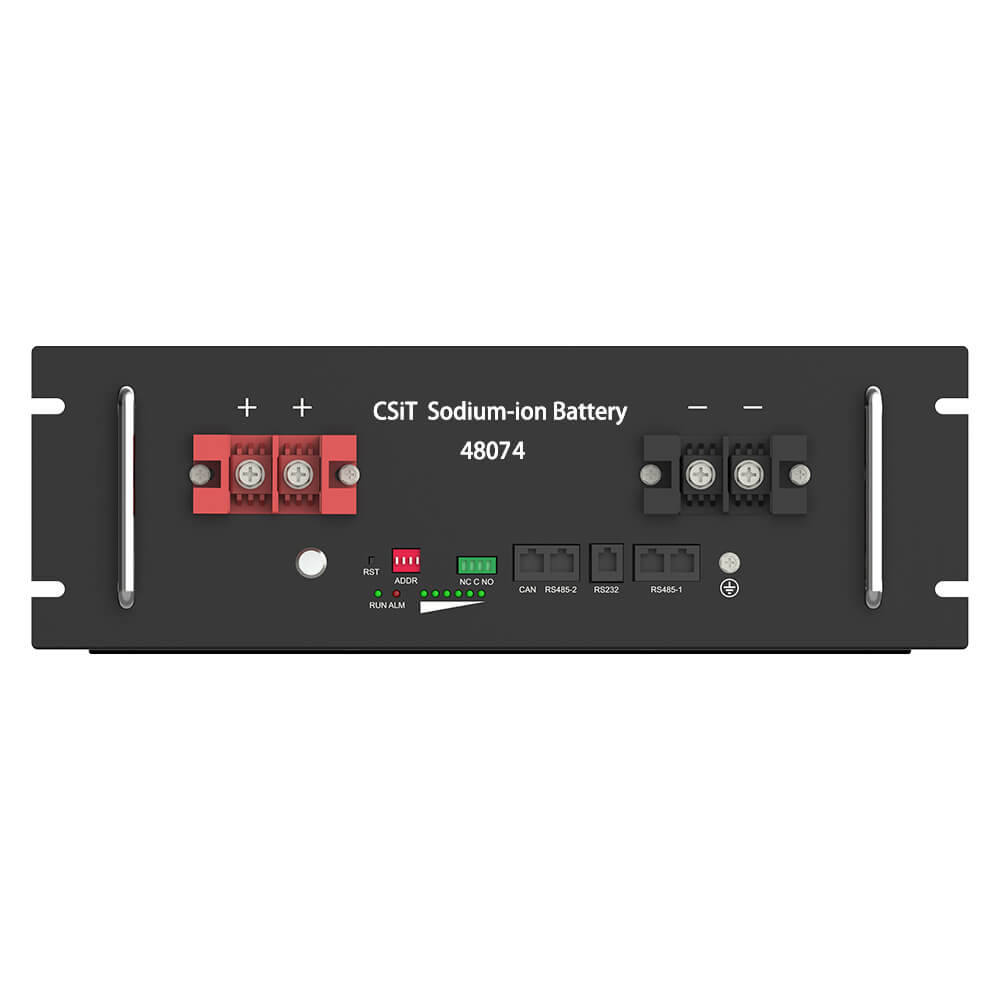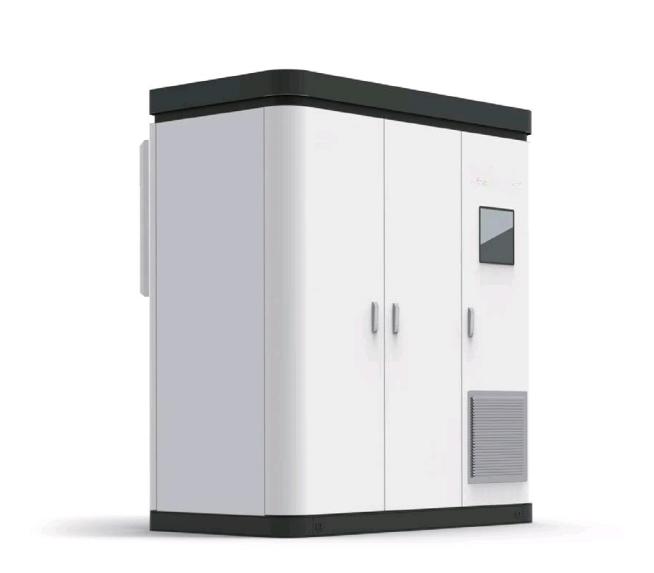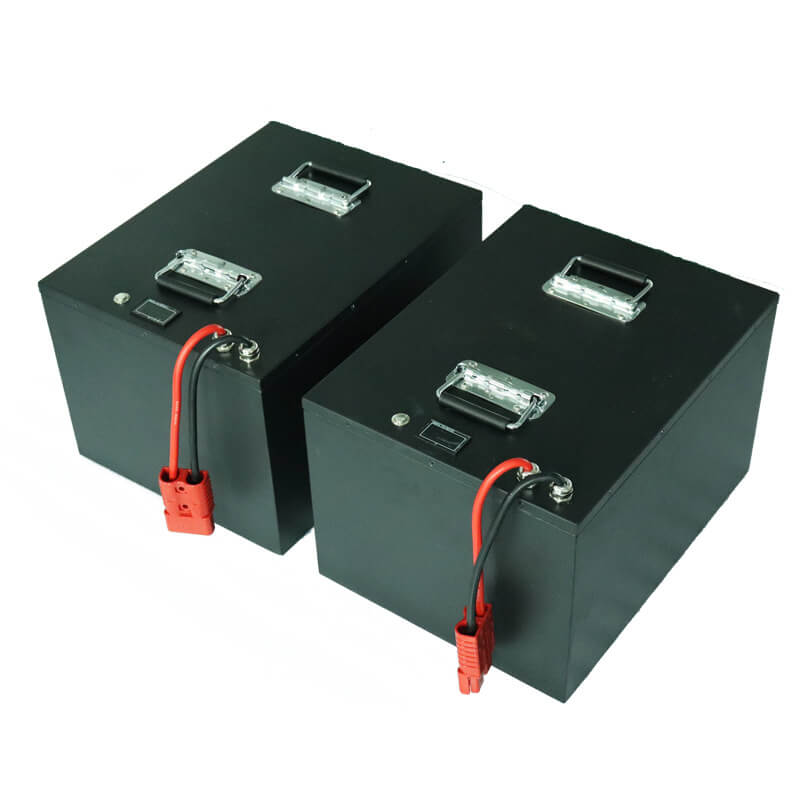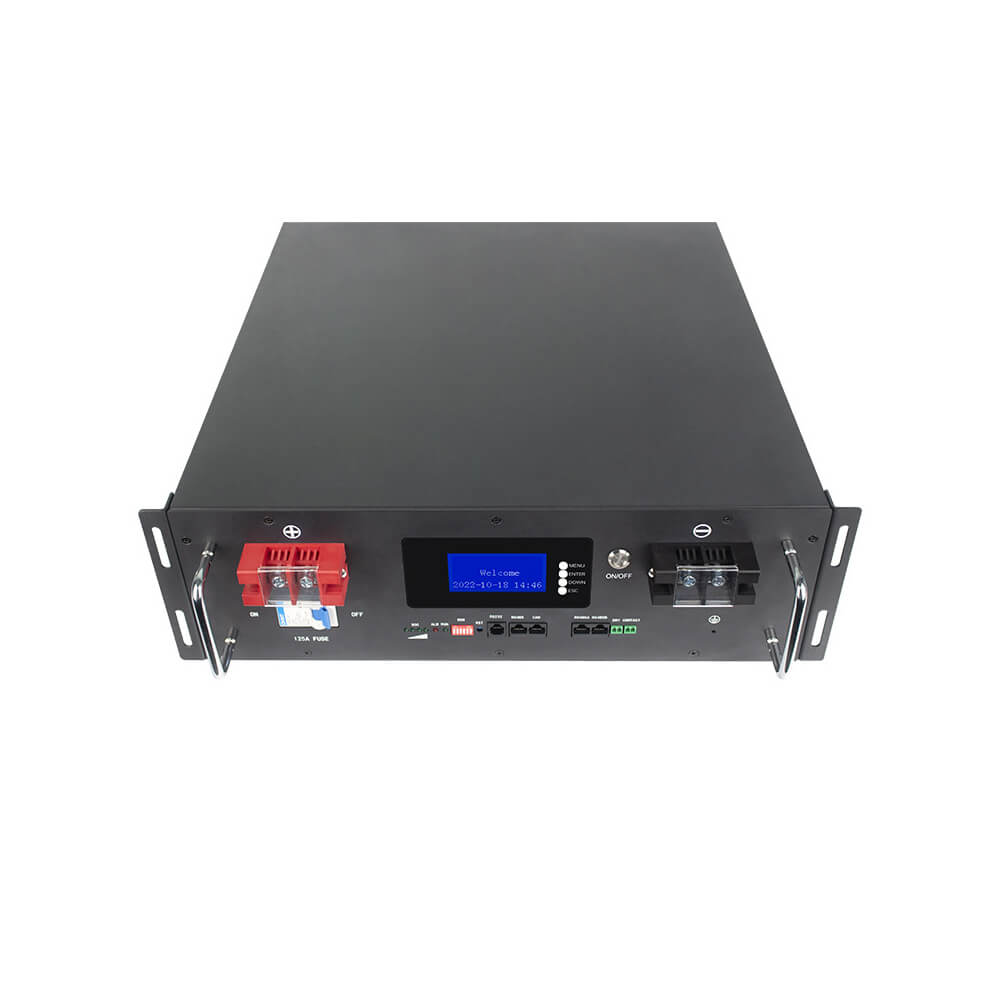This article will show you the difference between prismatic and cylindrical batteries
There are three important members in the family of carp-ion batteries: cylindrical batteries, prismatic batteries and soft-pack batteries. In the broad arena of the electric vehicle industry, cylindrical and prismatic batteries are well-deserved protagonists. Although cylindrical batteries have been dominant in recent years, prismatic batteries seem to be quietly emerging with their unique advantages.
What is a prismatic battery?
It has a prismatic appearance and is also commonly known as a square battery or a rectangular battery. Its size usually ranges from a few millimeters to several centimeters, and the specific size varies from manufacturer to manufacturer.
The positive and negative electrodes of a prismatic battery are located at both ends and connected to the circuit board through a connector. This type of battery usually uses solid or liquid electrolytes to store and release electrical energy. Due to its high energy density, long life and stability, prismatic batteries have become the preferred power source for many consumer electronics products.
For the same volume, stacked prismatic cells can release more energy at once, providing better performance, while flat prismatic cells contain more energy, providing higher durability.
What are cylindrical batteries?
A cylindrical battery is a battery enclosed in a rigid cylindrical can. Cylindrical batteries are small and round, and can be stacked in devices of various sizes. Unlike other battery forms, their shape prevents swelling, an undesirable phenomenon in which gas accumulates in the battery casing.
Cylindrical batteries were first used in laptops, which contained three to nine cells. Then, they grew in popularity when Tesla used them in its first electric cars, which contained 6,000 to 9,000 cells.
Cylindrical batteries are also used in electric bicycles, medical devices, and satellites. Due to their shape, they are also essential in space exploration.
Major Differences Between Prismatic and Cylindrical Batteries
Shape is not the only thing that distinguishes prismatic and cylindrical cells. The most major differences are in their size, number of electrical connections, and power output.
Size
Prismatic cells are much larger than cylindrical cells, so each cell contains more energy. To give a rough idea of the difference, a single prismatic cell can contain the same amount of energy as 20 to 100 cylindrical cells. The smaller size of cylindrical cells means that they can be used in applications that require less power. Therefore, they are used in a wider range of applications.
Connections
Because prismatic cells are larger than cylindrical cells, fewer cells are needed to get the same amount of energy. This means that for the same volume, a battery using prismatic cells requires fewer electrical connections to be soldered. This is a major advantage of prismatic cells, which gives less chances of manufacturing defects.
Capacity
Cylindrical cells may store less energy than prismatic cells, but they have more power. This means that cylindrical cells can release energy faster than prismatic cells. The reason is that they have more connections per ampere-hour (Ah). Therefore, cylindrical cells are ideal for high-performance applications, while prismatic cells are ideal for optimizing energy efficiency.
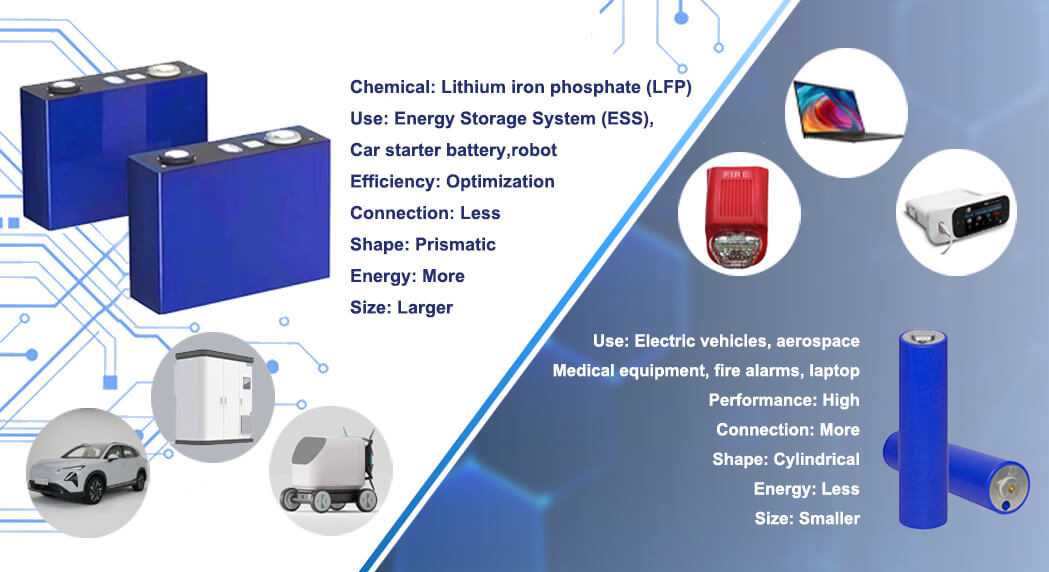
Scope of use
1. Square battery: Square batteries are very common in ordinary electronic devices, especially AA and AAA size batteries, which are mainly used in flat-screen TV remote controls, cameras, game controllers and other devices.
2. Cylindrical battery: Cylindrical batteries are mainly used in some devices with high power requirements, such as fire alarms, smoke detectors, calculators, etc., among which 9V batteries are also commonly used in various electronic products.
Square batteries and cylindrical batteries differ in battery shape, electrical performance and scope of use. When purchasing batteries, consumers should choose according to the required equipment, power requirements, etc.
Why will prismatic batteries be more popular in the future?
First, prismatic batteries provide an opportunity to reduce costs by reducing manufacturing steps. Their form makes it possible to make larger batteries, thereby reducing the number of electrical connections that need to be cleaned and soldered.
Prismatic batteries are usually designed to achieve good heat dissipation because their edges or surfaces are more likely to come into contact with the external environment, which is conducive to the conduction and dissipation of heat. This can effectively reduce battery temperature and improve battery safety and life.
Prismatic batteries are also an ideal form of lithium iron phosphate (LFP) chemistry, a cheaper and more readily available combination of materials. Unlike other chemistries, LFP batteries use resources that are ubiquitous on Earth. They do not require rare and expensive materials such as nickel and cobalt, which drive up the cost of other battery types.
The above is a detailed introduction to the differences between prismatic and cylindrical batteries. CSIT specializes in the production of prismatic batteries and cylindrical batteries. We can make detailed recommendations and customize batteries according to user industries, product specifications and models. For specific details, please contact: sales02@csit-energy.com

 简体中文
简体中文 Russian
Russian French
French German
German Japanese
Japanese Korean
Korean Arabic
Arabic Spanish
Spanish